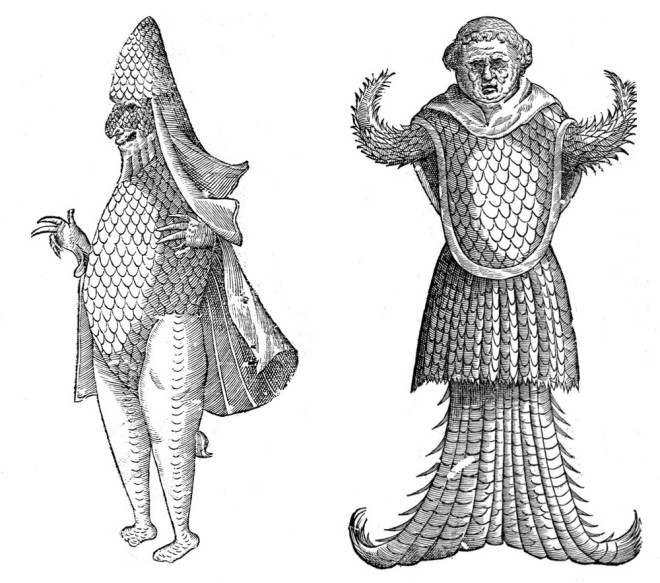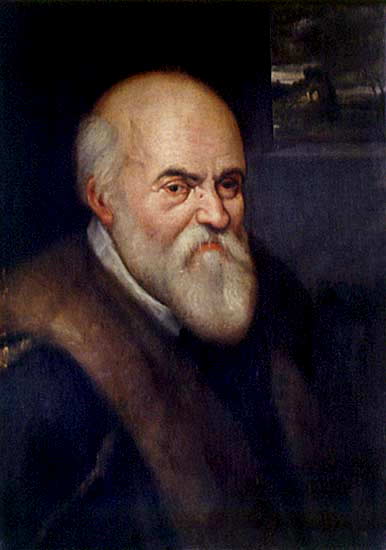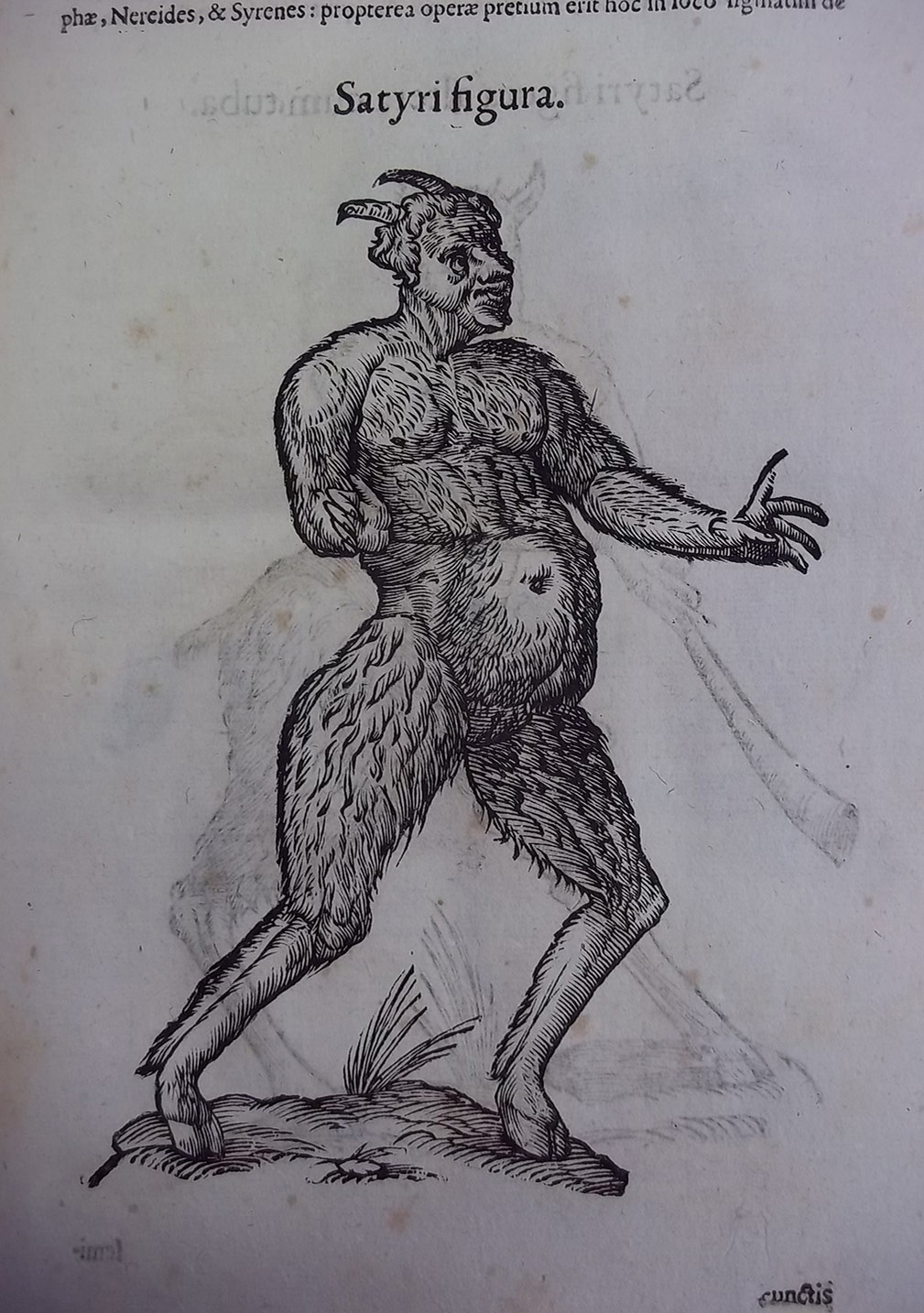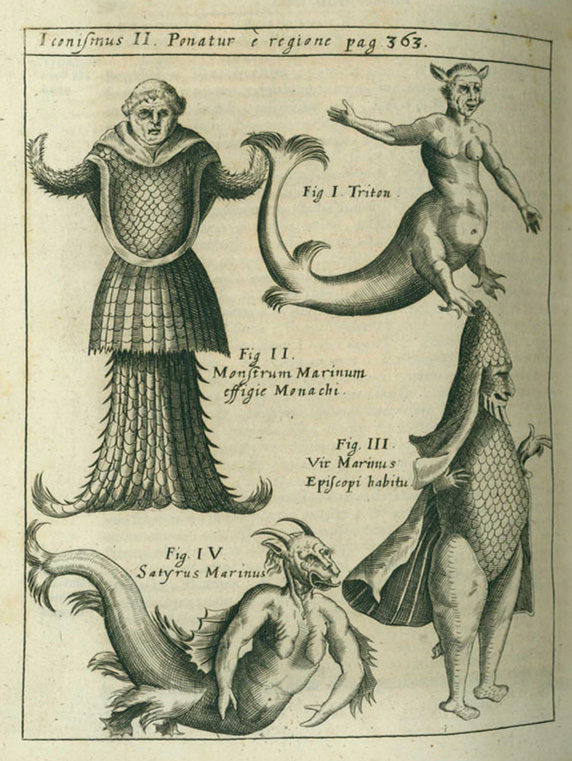Early Modern England: Medicine, Shakespeare, and Books
Monsters

A fish: he smells like a fish; a very ancient and fish-like smell;
a kind of not of the newest Poor- John. A strange fish!
Legged like a man and his fins like arms!”
—Trinculo, The Tempest, Act II, Scene 2
Ulisse Aldrovandi (1522-1605), Monstrorum historia (1642-1657)
Aldrovandi was the author of an enormous thirteen-volume encyclopedia of biology of which only four volumes appeared during his lifetime. This work on the history of monsters was part of the encyclopedia and is an exhaustive treatise on the deformities of humans, animals, fish, insects, and plants. There are several hundred excellent woodcuts in the book and, like other works of the period, many depict abnormalities that are not consistent with the facts.




Gaspar Schott (1608-1666), Physica curiosa, sive mirabilia naturae et artis libris XII (1697)
Gaspar Schott was a German scientist specializing in physics, mathematics and natural philosophy. Physica Curiosa is a large compendium of pictures and stories regarding monsters, physical abnormalities, and bizarre animals. Rather than a work of original scholarship, Schott's book attempts to gather together as much as is commonly known on the topic. Many of the descriptions repeat apocryphal accounts as if they are fact, and perpetuate belief in unicorns, satyrs, and other mythical beings.


©2017 John Martin Rare Book Room, Hardin Library for the Health Sciences, 600 Newton Road, Iowa City, IA 52242-1098
Image: Sir John Everett Millais, Ophelia (detail), 1851-52, oil on canvas, 76.2 x 111.8 cm, Tate Gallery, London.